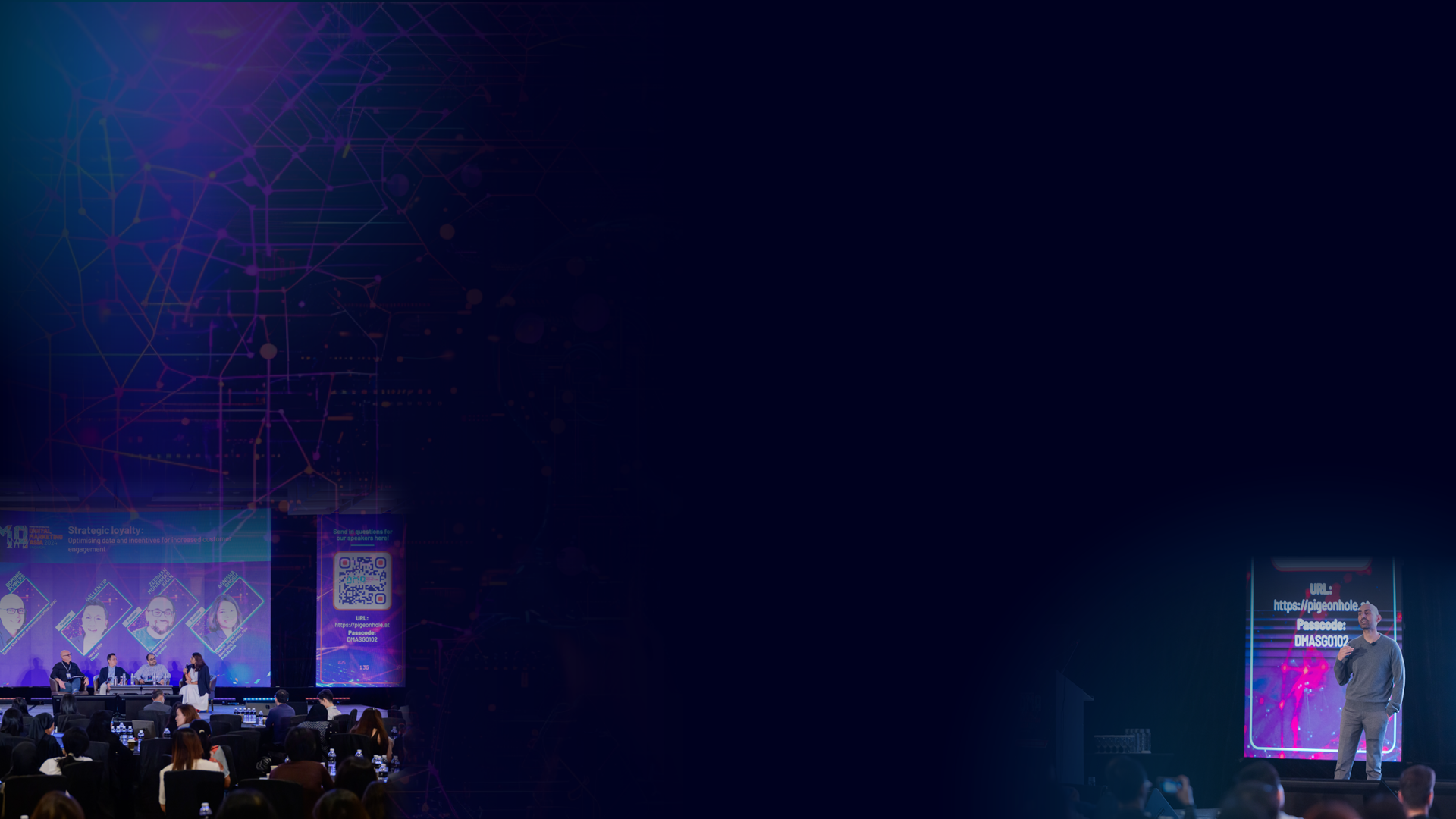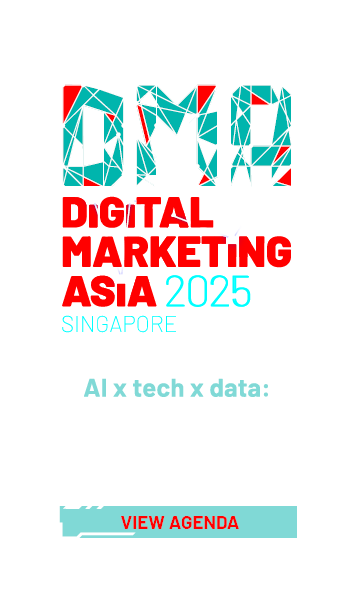



Can you imagine if these famous brands swapped out their iconic colours?
share on
Colours play an integral role when it comes to marketing and advertising, and it is a known fact that using the right colours can create a huge impact on brands and product sales. According to a study titled "The Psychology of Colour Influences Consumers’ Buying Behaviour – A Diagnostic Study",
Colours account for 85% of the reason why consumers decide to buy a product.
Many brand logos have become iconic as a result of their brand colour, from McDonald's and Cadbury to Tiffany & Co. and even IKEA, for example. BBDO Singapore's chief creative officer, Tay Guan Hin, told MARKETING-INTERACTIVE that colours have "a decisive and undeniable effect" on branding. The right colours can differentiate a brand, draw customers, and create "brand-based solid loyalty". On the other hand, the wrong colours can "sink" the brand in the marketplace, he said.
"It's essential to determine What kind of emotions your brand colours evoke. Choose the right colours to convey the brand personality. Avoid brand colour palettes similar to the colours of your competitors. Discover what colours would grab the attention of your target audience," Tay said.
Similarly, Naga DDB Tribal's chief creative officer, Alvin Teoh, said although not every brand relies heavily on colour, it is the shortest way to recall. For example, Coke comes to mind when consumers see red with a curvy white line. Mid-green with white stripes can be associated with Grab. But having said all that, colour in itself means nothing without a narrative, Teoh said, adding:
People buy stories. Stories create emotions. And that emotion is triggered when it’s associated with a particular colour used by a brand over time.
Meanwhile, keeping the importance of colours in mind, London t-shirt printing company ICON Printing and behavioural design consultant Karen Haller, teamed up to describe the power of colours and the meaning behind commonly used colours.
![]()
CON and Haller also switched the logos of popular brands to opposite colours on the colour wheel. They then examined the effect this might have on consumers.
1. Cadbury

Cadbury's iconic purple comes to mind when one thinks of the brand. According to Haller,
The dark purple conveys the message of quality and luxury, making Cadbury seem like an affordable, everyday luxury and not just for special occasions.
If the brand were to switch colours to bright yellow, however, its marketing message would no longer revolve around affordable luxury. Instead, it would focus on yellow's positive psychological traits which are uplifting and happy, Haller explained.
2. IKEA

As blue conveys reliability and dependability, IKEA's logo shows that the brand is knowledgeable in what it does and can be trusted to deliver. However, if the brand's logo was all blue, Haller said it could come across as a very corporate brand, focusing on the functional side of the business. IKEA could also come across as cold, impersonal, and unfriendly.
The addition of yellow injects happiness, warmth, and cheerfulness.
Changing the yellow to orange would shift the focus to one of fun and play. According to Haller, there would be a sense that the brand was more child-focused, making it appealing to families with young children, but it might alienate its core age group, Haller said.
3. Netflix

The colour red represents excitement, stimulating the physical and according to Haller, raises the pulse rate. By using red in its branding, Netflix is building on that emotional experience and association consumers already familiar with. There’s no doubt that Netflix wants to get noticed and be seen. Haller said:
Red is the perfect colour because its wavelengths advance towards us the quickest, meaning we see red before any other colour. This ensures its logo stands out amongst its competitors.
However, should Netflix change its brand colour to green, consumers would lose the sense of anticipation and excitement. Instead, they are being encouraged to relax, unwind, and feel like they are out in nature, amongst the trees.
4. Samsung

Samsung's dark blue conveys trust, suggesting that the brand is reliable and not one that takes risks, Haller said. " It is a knowledgeable and a leading authority in its field. Dark blue also communicates they are cool and calm under pressure," she explained.
If the brand changed its colour to gold, it would look like a far more premium or a high-end product.
According to Haller, gold creates an air of exclusivity so Samsung becomes an aspirational brand and no longer a brand for everyone.
MARKETING-INTERACTIVE's Content 360 is back for its 10th year! Running from 26 to 27 April 2022, the hybrid conference covers topics including the creator economy, value-based storytelling strategy, consumable content on social, as well as video and community content. Register today to learn, connect and level up with the best content marketers in Asia!
Photo courtesy: 123RF and ICON Printing
Related articles:
Why Pantone's 'Very Peri' should be on your creative radar in 2022
Pomelo partners Pantone to bring splash of colour and diversity to new collection
Retro, bold and magic makes a comeback in 2020, says Shutterstock
3 colours that will set 2022 aesthetics for advertisers to bank on
123RF's visual guide to image search trends and colours in 2021
Pantone picks colours of 2021
Defining brands through colours
share on
Free newsletter
Get the daily lowdown on Asia's top marketing stories.
We break down the big and messy topics of the day so you're updated on the most important developments in Asia's marketing development – for free.
subscribe now open in new window
